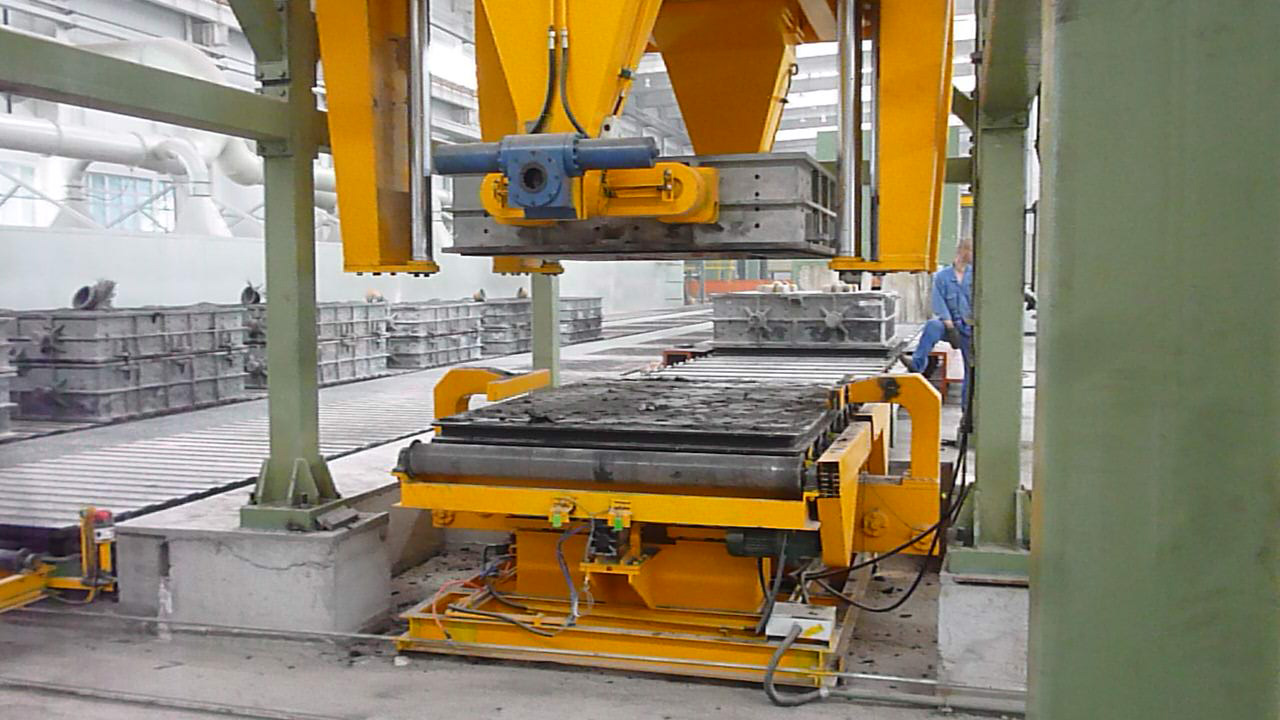- Afrikaans
- Albanian
- Amharic
- Arabic
- Armenian
- Azerbaijani
- Basque
- Belarusian
- Bengali
- Bosnian
- Bulgarian
- Catalan
- Cebuano
- China
- China (Taiwan)
- Corsican
- Croatian
- Czech
- Danish
- Dutch
- English
- Esperanto
- Estonian
- Finnish
- French
- Frisian
- Galician
- Georgian
- German
- Greek
- Gujarati
- Haitian Creole
- hausa
- hawaiian
- Hebrew
- Hindi
- Miao
- Hungarian
- Icelandic
- igbo
- Indonesian
- irish
- Italian
- Japanese
- Javanese
- Kannada
- kazakh
- Khmer
- Rwandese
- Korean
- Kurdish
- Kyrgyz
- Lao
- Latin
- Latvian
- Lithuanian
- Luxembourgish
- Macedonian
- Malgashi
- Malay
- Malayalam
- Maltese
- Maori
- Marathi
- Mongolian
- Myanmar
- Nepali
- Norwegian
- Norwegian
- Occitan
- Pashto
- Persian
- Polish
- Portuguese
- Punjabi
- Romanian
- Russian
- Samoan
- Scottish Gaelic
- Serbian
- Sesotho
- Shona
- Sindhi
- Sinhala
- Slovak
- Slovenian
- Somali
- Spanish
- Sundanese
- Swahili
- Swedish
- Tagalog
- Tajik
- Tamil
- Tatar
- Telugu
- Thai
- Turkish
- Turkmen
- Ukrainian
- Urdu
- Uighur
- Uzbek
- Vietnamese
- Welsh
- Bantu
- Yiddish
- Yoruba
- Zulu
Nov . 21, 2024 23:37 Back to list
gravity casting
The Art and Science of Gravity Casting
Gravity casting is a time-honored technique used widely in the metalworking industry, celebrated for its ability to produce complex-shaped metal parts with exceptional accuracy and surface finish. This method, often favored for producing non-ferrous metals such as aluminum and zinc, capitalizes on the force of gravity to fill a mold with molten metal, resulting in a predictable and consistent outcome.
At its core, gravity casting involves pouring molten metal into a mold that has been preheated to a specific temperature. This preparation helps reduce the cooling rate of the metal, ensuring better flow characteristics and minimizing defects. Once the mold is filled, gravity pulls the metal downward, allowing it to fill every nook and cranny of the mold cavity. As the metal cools and solidifies, it takes on the shape of the mold, producing a casting that mirrors the intricate details of the design.
One of the primary advantages of gravity casting is its ability to produce high-quality parts with minimal porosity. Unlike other casting methods, such as sand casting, gravity casting can achieve denser materials due to the steady downward pressure exerted by gravity. This results in a final product that exhibits superior mechanical properties, making it ideal for applications in the automotive, aerospace, and industrial sectors.
Moreover, gravity casting is a cost-effective solution for producing medium to high-volume parts. The molds used in this process are often made of durable steel, allowing them to endure multiple production runs without significant wear. This durability translates to lower unit costs, particularly when compared to more labor-intensive processes. While the initial investment in mold creation may be higher, the long-term savings make gravity casting an appealing option for manufacturers.
gravity casting

Despite its many benefits, gravity casting is not without challenges
. The process requires meticulous attention to detail to avoid defects such as air entrapment and cold shuts. The temperature of the molten metal, the design of the mold, and the pouring technique all play crucial roles in determining the quality of the final product. Additionally, the design must create channels that allow air to escape as the molten metal fills the mold, in order to prevent voids.Advancements in technology have also influenced the field of gravity casting. The integration of computer-aided design (CAD) and computer-aided manufacturing (CAM) software has allowed for more precise modeling of components, facilitating improved mold designs and refining the casting process. Numerical simulation tools can predict how molten metal will flow within the mold, enabling engineers to adjust variables for optimal results.
In recent years, the emphasis on sustainability within the manufacturing sector has further elevated the importance of gravity casting. The process allows for the recycling of scrap metal, thereby reducing waste and conserving resources. This aligns with the growing demand for eco-friendly practices across industries, making gravity casting an environmentally responsible option.
Furthermore, gravity casting continues to evolve with the push toward lightweight materials. As industries seek to improve fuel efficiency and performance, the use of advanced alloys and composite materials in gravity casting is becoming increasingly popular. These innovations not only enhance the properties of the final product but also open new avenues for design and application.
In conclusion, gravity casting remains a foundational technique in metalworking, merging art with science to produce high-quality components with precision and efficiency. As technology advances and industry demands shift, gravity casting is poised to adapt and thrive, continuing to play a vital role in the future of manufacturing. Its combination of reliability, cost-effectiveness, and quality makes it a preferred choice for countless applications, ensuring its relevance for years to come.
-
Premium Cast Iron Water Main Pipe: Durable, Corrosion-Resistant
NewsAug.03,2025
-
Durable Cast Iron Water Mains | AI-Optimized Systems
NewsAug.02,2025
-
High-Efficiency Propane Boiler for Baseboard Heat | Save Energy
NewsAug.01,2025
-
Premium Source Suppliers for Various Gray Iron Castings
NewsJul.31,2025
-
Durable Cast Iron Water Main Pipes | Long-Lasting
NewsJul.31,2025
-
High-Quality Cast Iron Water Main Pipe for Durable Infrastructure
NewsJul.30,2025


